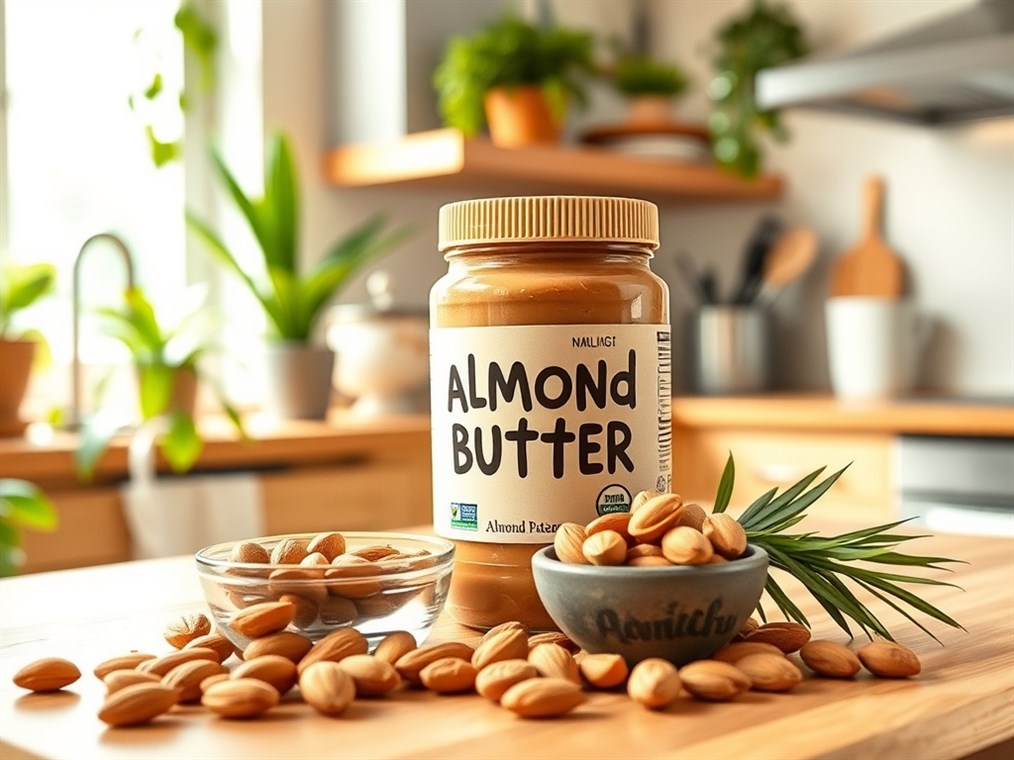Almond Butter and Peanuts: What You Really Need to Know
So, you’re thinking about swapping peanut butter for almond butter? Smart move! Almond butter has become super popular, and for good reason – it’s delicious and packed with goodness. But if you’re one of the many people dealing with a peanut allergy, you’re probably wondering: is almond butter safe? Does it actually have peanuts in it?
Let’s get right to it. The simple answer is no, almond butter shouldn’t have peanuts in it. I mean, it’s almond butter, right? Think of it this way: the main ingredient is, you guessed it, almonds! Most recipes are pretty straightforward: roast those almonds to bring out their nutty flavor, then grind them until they’re smooth and creamy. A little sea salt sometimes finds its way in there to punch up the flavor. Some companies might sneak in a bit of neutral oil to help everything blend nicely.
So, the basics are:
- Almonds
- Maybe some salt
- And possibly a touch of oil
Now, some brands get a little fancy. Vanilla? Cinnamon? Maple syrup? Chocolate chips? Sure, why not! But peanuts? Nope, not a standard ingredient.
Here’s the thing, though. Even if peanuts aren’t supposed to be there, there’s still a risk. It’s called cross-contamination, and it’s a biggie for anyone with allergies. Basically, it means peanuts or peanut stuff accidentally gets mixed in during the process of making the almond butter. This usually happens in factories that handle both peanuts and tree nuts. It’s like when you’re baking cookies and a little bit of chocolate from the last batch gets into your sugar – annoying, right? But in this case, it can be seriously dangerous.
Thankfully, many companies are on top of this. They’re putting measures in place to keep things separate, like using different machines for almonds and peanuts. They also clean everything religiously and test their products for peanut traces.
You can also keep an eye out for labels that say “peanut-free” or “made in a peanut-free place.” That’s extra reassurance!
Okay, so how do you make sure the almond butter you’re grabbing is safe if you’re dodging peanuts? Here’s my checklist:
- Become a Label Detective: Seriously, read those labels like your life depends on it! (Okay, maybe a little dramatic, but you get the idea). Look for warnings like “may contain peanuts” or “made in a place that also handles peanuts.”
- Seek Out the “Peanut-Free” Badge: Those certifications are gold!
- Stick with the Good Guys: Choose brands that are known for being super careful about allergies. I’ve heard great things about Barney Butter, for example. Apparently, Blue Diamond and Now Real Food are also made in peanut-free facilities.
- Don’t Be Afraid to Ask: Got a question? Call the company! They should be happy to tell you about their safety measures.
- Start Slow: When you’re trying a new brand, don’t go all-in right away. Have a tiny bit first to see if you react.
- Chat with a Pro: If you’re not sure about anything, talk to your doctor or a dietitian. They can give you personalized advice.
And hey, while we’re at it, let’s talk about why almond butter is so popular in the first place. It’s often seen as the “healthy” alternative to peanut butter, and there’s some truth to that. Both are good for you, but almond butter generally has more of those heart-healthy fats, plus a bit more vitamin E, calcium, and magnesium. Protein-wise, they’re pretty similar.
So, bottom line? Almond butter shouldn’t have peanuts, but cross-contamination is a real risk. Do your homework, choose wisely, and you can enjoy this tasty treat without worry!

